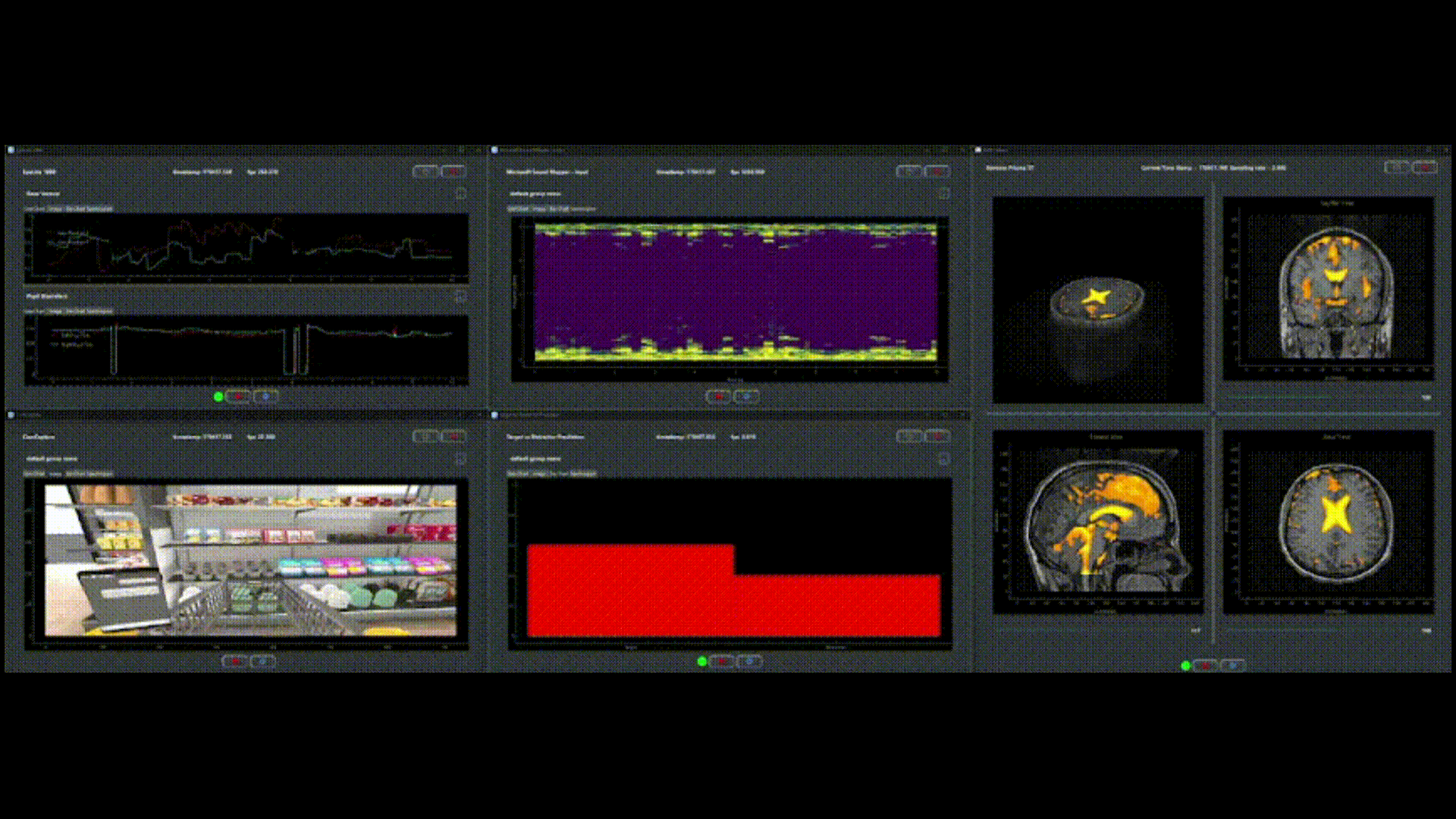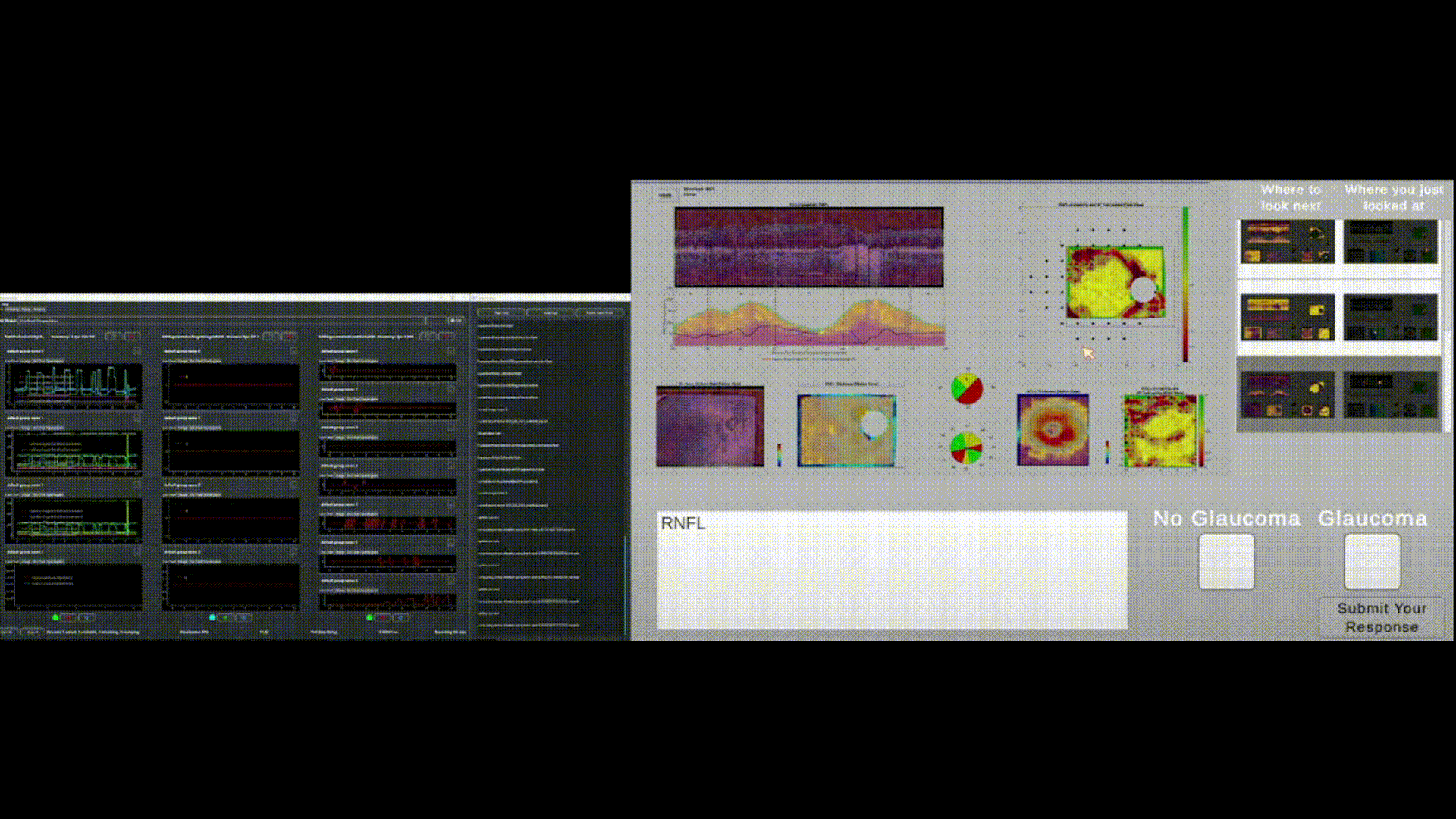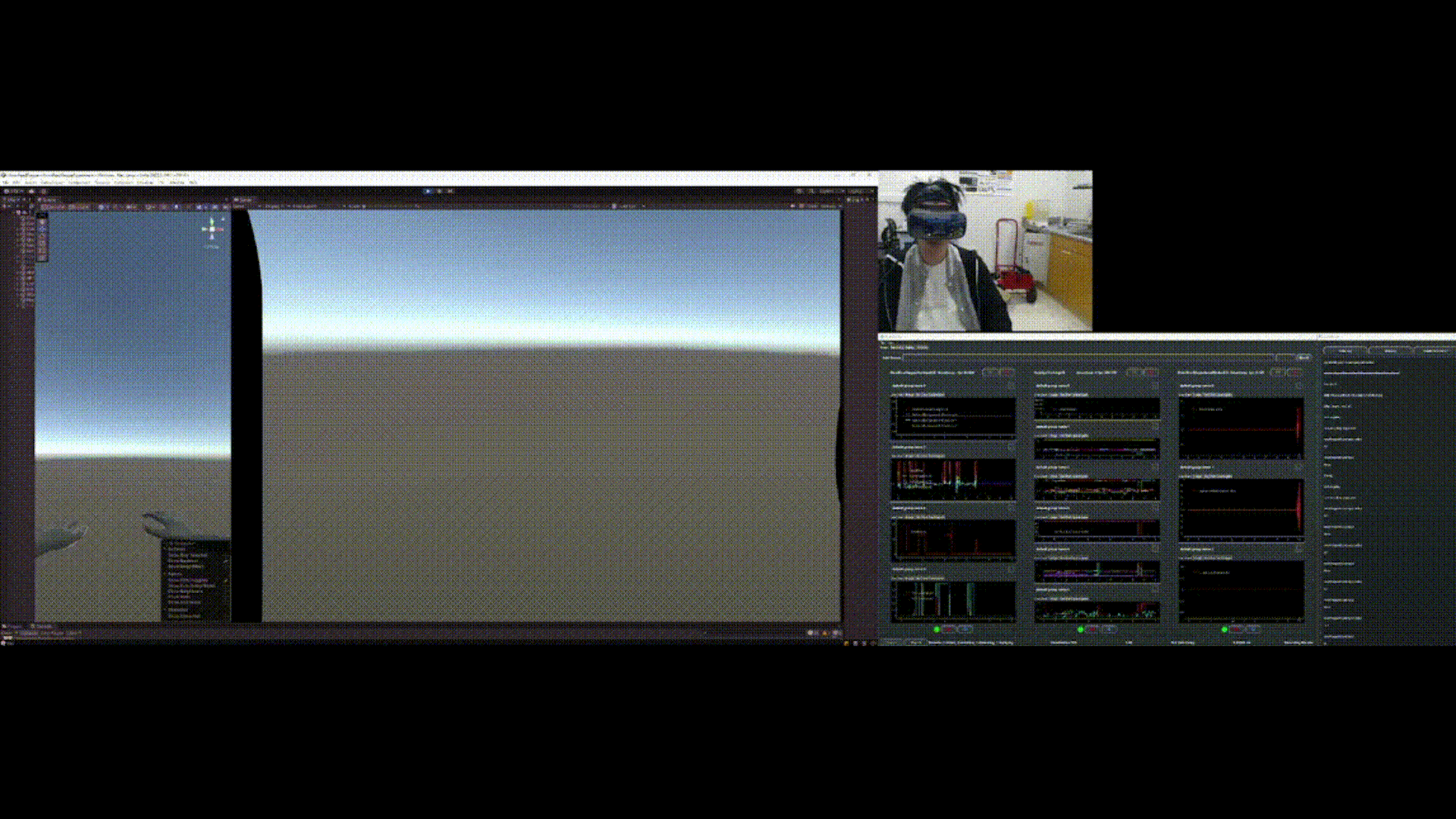Master’s Thesis: From Brain–Computer Interfaces to AI-Enhanced Diagnostics: Developing Cutting-Edge Tools for Medical and Interactive Technologies
Haowen Wei, Steven K. Feiner, Paul Sajda, Kaveri Thakoor
Columbia University
Duration: Sep 2022 – May 2024
Advisor: Dr. Steven K. Feiner & Dr. Paul Sajda & Dr. Kaveri Thakoor
Overview
This master’s thesis presents three innovative projects at the intersection of brain-computer interfaces (BCI), human-computer interaction (HCI), and extended reality (XR). PhysioLabXR is an open-source platform for real-time, multi-modal data processing in neuroscience and HCI experiments. Interactively Assisting Glaucoma Diagnosis with an Expert Knowledge-Distilled Vision Transformer uses deep learning to enhance clinical decision-making in glaucoma diagnosis. In Search for an Intuitive and Efficient Text-Entry in Mixed Reality: Tap, Gaze & Pinch, SwEYEpe explores new text-entry methods in mixed reality environments.
1. PhysioLabXR: Real-Time, Multi-Modal Brain–Computer Interfaces and Extended Reality

PhysioLabXR is an open-source platform for real-time physiological data processing in neuroscience and HCI experiments. It supports EEG, EMG, eye trackers, fNIRS, and more, with features like multi-stream visualization and digital signal processing.
Key Features:
- Real-Time Data Processing: Visualize, record, and replay multi-modal data streams.
- Multi-Modal Support: Supports various sensors for complex XR and BCI experiments.
- Extensibility: Offers a Python scripting interface for custom data processing pipelines.
Applications: Used in VR, AR, and neuroscience research, PhysioLabXR fills a crucial gap by providing a robust, all-in-one platform.
Publication: Published in the Journal of Open Source Software.
2. Interactively Assisting Glaucoma Diagnosis with a Vision Transformer

This project enhances glaucoma diagnosis using an expert knowledge-distilled Vision Transformer, providing AI-augmented insights to ophthalmologists.
Key Features:
- Expert Model: Focuses on key diagnostic features in retinal images.
- Augmented Insights: Highlights areas of interest for improved diagnosis.
- User Study: Validated with 15 ophthalmologists.
Significance: Demonstrates how AI can support clinical decision-making, aiming for more accurate glaucoma diagnosis.
Status: Submitted to CHI 2025.
3. Efficient Text-Entry in Mixed Reality: Tap, Gaze & Pinch, SwEYEpe

This project explores intuitive text-entry methods in mixed reality (MR), combining modalities like tapping, gaze, pinching, and swiping.
Key Features:
- Multi-Modal Interaction: Offers natural text-entry experiences.
- User-Centric Design: Focuses on usability and efficiency.
- Evaluation: User studies assess the effectiveness of proposed methods.
Significance: Aims to enhance user interaction in MR through more intuitive text-entry solutions.
Status: CHI 2025 Late-Breaking Work.